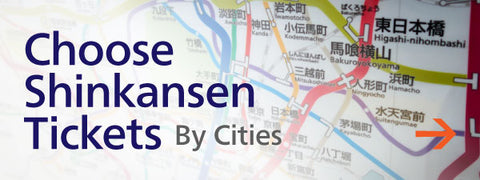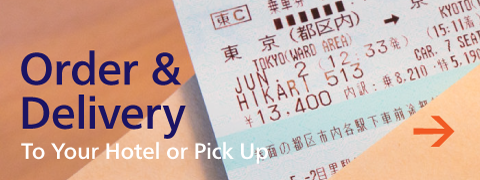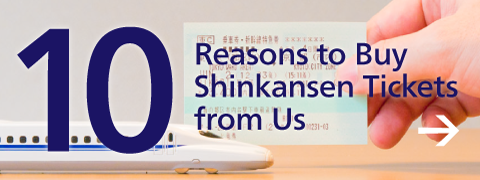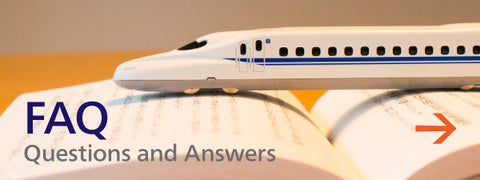Embrace Japanese Tradition: A Beginner's Guide to Hatsumode

As the year draws to a close, experiencing the Japanese tradition of Hatsumode (New Year's shrine visit) is a must for every first-time visitor. This significant ritual symbolizes renewal and hope for the coming year. Tokyo, a city blending modernity with tradition, offers two ideal Hatsumode destinations.
Choosing the Right Shrines
Firstly, the iconic Meiji Shrine (明治神宮) in Shibuya welcomes you with a grand torii gate as you exit the west gate of JR Harajuku Station. Record-breaking in annual visitors, it has been cherished by many for years.
Additionally, Asakusa's Senso-ji Temple is another recommended Hatsumode spot. Located in Tokyo's historic downtown, passing through the thunder gate and the imposing Niomon gate, you'll enter Nakamise-dori, a lively street with traditional charm.
Preparing for the Visit
Dress modestly and respectfully, embracing the cultural ambiance. Traditional kimono attire is optional but adds authenticity. Purchase an "ema" (wooden wishing plaque) at shrines or temples to write hopes and dreams for the upcoming year.
Hatsumode Rituals
Upon entering, perform the customary purification ritual at the water font. Approach the main hall, toss a coin into the offering box, bow twice, clap twice, and bow once more. Ring the bell to announce prayers to the deities.
Exploring the Shrines
Beyond Hatsumode rituals, explore the enchanting surroundings. At Meiji Shrine, stroll through the impressive torii gate, explore the Meiji Jingu Inner Garden, and discover cultural artifacts at the Meiji Jingu Treasure Museum. At Senso-ji, wander Nakamise-dori and immerse yourself in the historic ambiance.
In summary, Hatsumode at Meiji Shrine and Senso-ji Temple is a unique opportunity to engage with Japan's spiritual customs. Immerse yourself in the tranquility of these sacred spaces, and may your Hatsumode experience be the beginning of a memorable Japanese adventure.
Welcome the New Year in Japanese style, creating lasting memories at Meiji Shrine and Senso-ji Temple!







